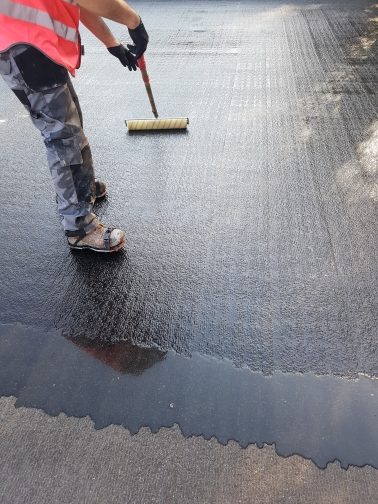Five ventilation shafts for High Speed 2’s (HS2’s) Chiltern Tunnels are in the process of being created, New Civil Engineer (NCE) reports. The tunnel shafts are vertical openings that connect the underground tunnels to the surface and open air.
They will provide access for emergency services, regulate air quality, and provide smoke extraction points in the event of a fire. The twin-bore tunnel boring machines (TBMs) have already started work to create the 16km long Chiltern Tunnel, which will be the longest tunnel on the HS2 route.
HS2 Ltd project client Rohan Perin said: “The launch of our giant tunnelling machines – Florence and Cecilia – earlier this year were huge symbolic moments for the project, but just as important has been the progress we’ve made at each of the shaft sites to prepare for the arrival of the TBMs over the next three years.”
Tunnel shafts are a requirement in all tunnels over 3km long. Once the tunnel is complete and the HS2 line is operational, only one train at a time will be allowed to travel in the section between shafts at any one time. This is a safety consideration, as smoke will need to be drawn out of the tunnel in the opposite direction to any potential rescue operation.
The spacing of the tunnel shafts therefore reflects the anticipated frequency of train journeys along the line. Each ventilation shaft along the Chiltern tunnel will be completed with an overground structure, known as a headhouse.
The five headhouses, which will be built in the scenic rolling Chiltern hills, have been carefully designed to complement their rural surroundings. They are described by HS2 as “taking its inspiration from the style of local barns … wrapped in a simple pre-weathered grey zinc roof with doors and vent openings picked out in dark bronze”.
The structures will be further landscaped with mature trees and other measures to mitigate the disruption to the local wildlife habitats, such as bird boxes and reptile basking banks. The plans have met opposition from local residents, as the tunnel passes through an Area of Outstanding Natural Beauty.
The shafts are now being excavated to a tight schedule, NCE explains, as they need to be in place by the time TBMs break through from the tunnelling portals, which are simultaneously creating the north and southbound routes. About 1km of the tunnel has already been bored.
The first shaft to be excavated was located at Chalfont St Peter, Railway News reports. It will be 78m deep, and will be covered by a barn-style headhouse. Engineers used a 120-ton drilling rig with a specialist cutting head for the excavation process. The wall panels were then constructed with poured concrete.
There remains 18,000 cubic metres of chalk to be extracted from the shaft, which will be used to landscape the site in due course. The TMB is expected to reach the site early next year. It is estimated that the whole tunnel excavation process will take around three years.
If you need concrete waterproofing systems, please get in touch today.

